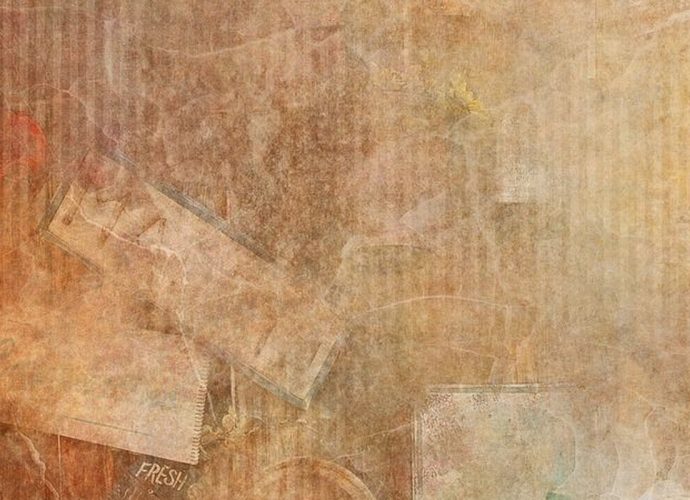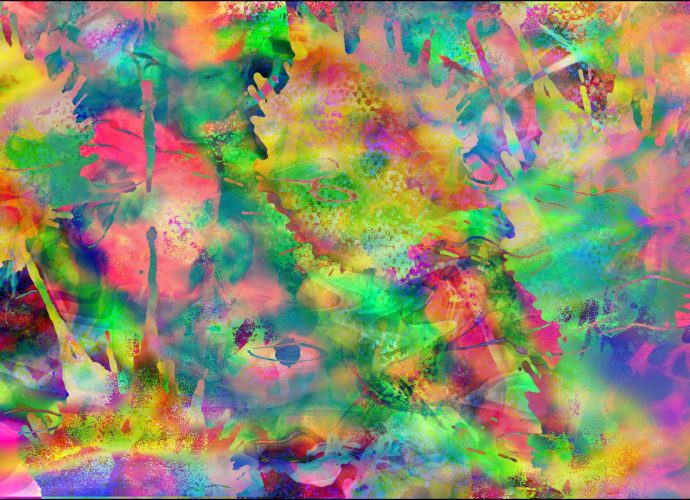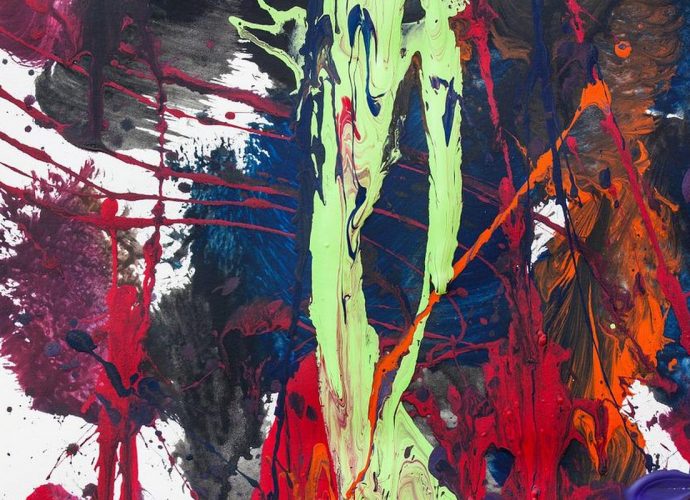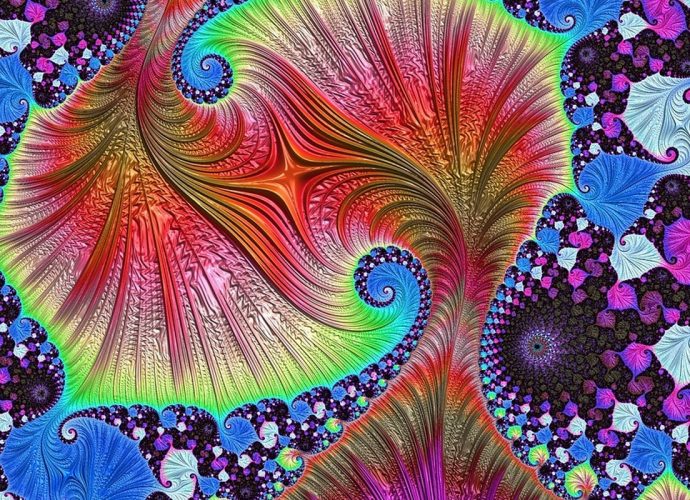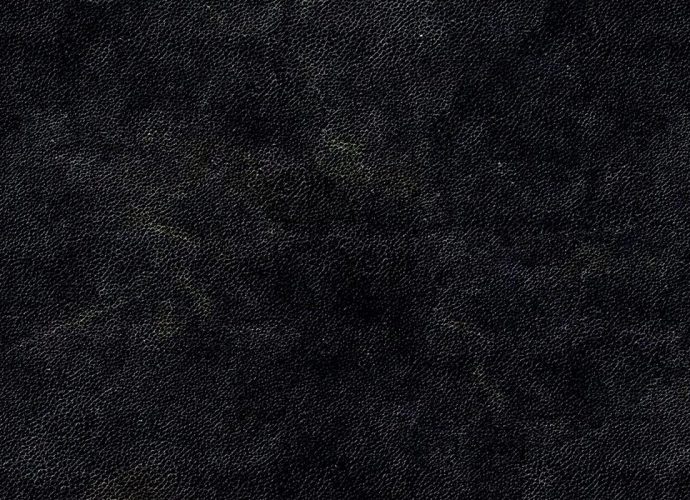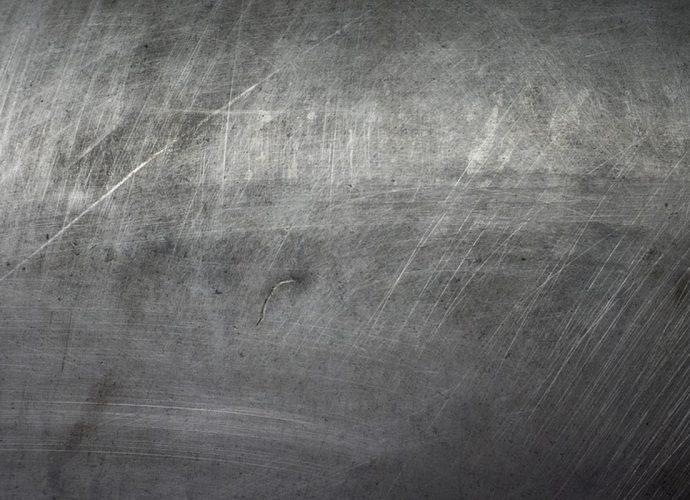Are Codons Found In DNA Or RNA?
Codon (biology definition): the amino acid coding unit in DNA or messenger RNA (mRNA). The string of codons in the mRNA specifies the order of amino acids in the encoded protein. Apart from amino acids, there are also codons that specify start/stop signals. Are codons on mRNA? The three-letterRead More →

